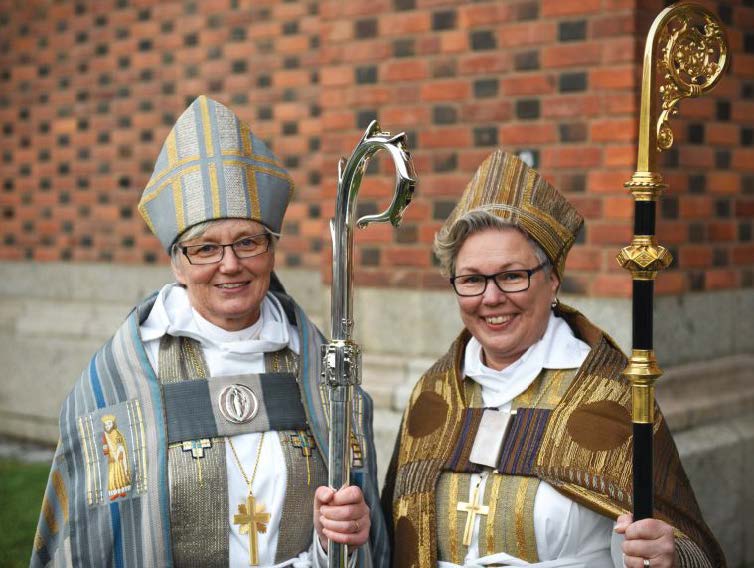
Despite a growing awareness of the Divine Feminine, women remain ineligible to head many major religious groups and institutions, including the Roman Catholic Church, Orthodox Christian sects, some Protestant groups including Southern Baptists, most Mormon groups, Orthodox Jewish groups, and most Muslim sects. A woman has never led Tibetan Buddhism, although the current Dalai Lama has envisioned the possibility of a female successor.
Yet there are spiritual and religious groups with global reach that do not bar women from their top rank in theory or practice. Among these are the Church of England, currently headed by the Queen of England, and the Church of Sweden, the world’s largest Lutheran group. The Episcopal Church in American was recently led by a woman, Katharine Schori (interviewed by PARABOLA in the “Faith” issue, Spring 2007). Llewellyn Vaughan-Lee, who contributes to this issue [The Divine Feminine], was initiated into Sufism by a woman, Irina Tweedie, and after Yogananda died, leadership of his Self-Realization Fellowship passed on to a woman, Sri Daya Mata; similarly, the worldwide Gurdjieff Work was led after the death of Gurdjieff by a woman, Jeanne de Salzmann. Hinduism has no leader per se but women, including Mata Amritanandamayi Devi, covered in this issue, number among its most influential gurus.
Evidence indicates that traditions that have allowed women into their highest ranks of leadership have benefited from the decision. ♦
From Parabola Volume 41, No. 4, “The Divine Feminine,” Spring 2016. This issue is available to purchase here. If you have enjoyed this piece, consider subscribing.
